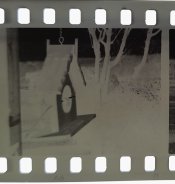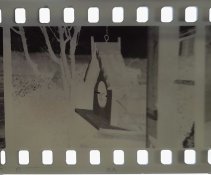I poured the used Dev in to the fixer jug with undiluted fixer in! I drained the last few drops from the bottle and carried on as normal. The negs look ok but will they quickly fade after they're dried?
I don't plan on keeping negs as I just scan them so maybe it will be ok? The negs are currently drying so fingers crossed.
I don't plan on keeping negs as I just scan them so maybe it will be ok? The negs are currently drying so fingers crossed.













